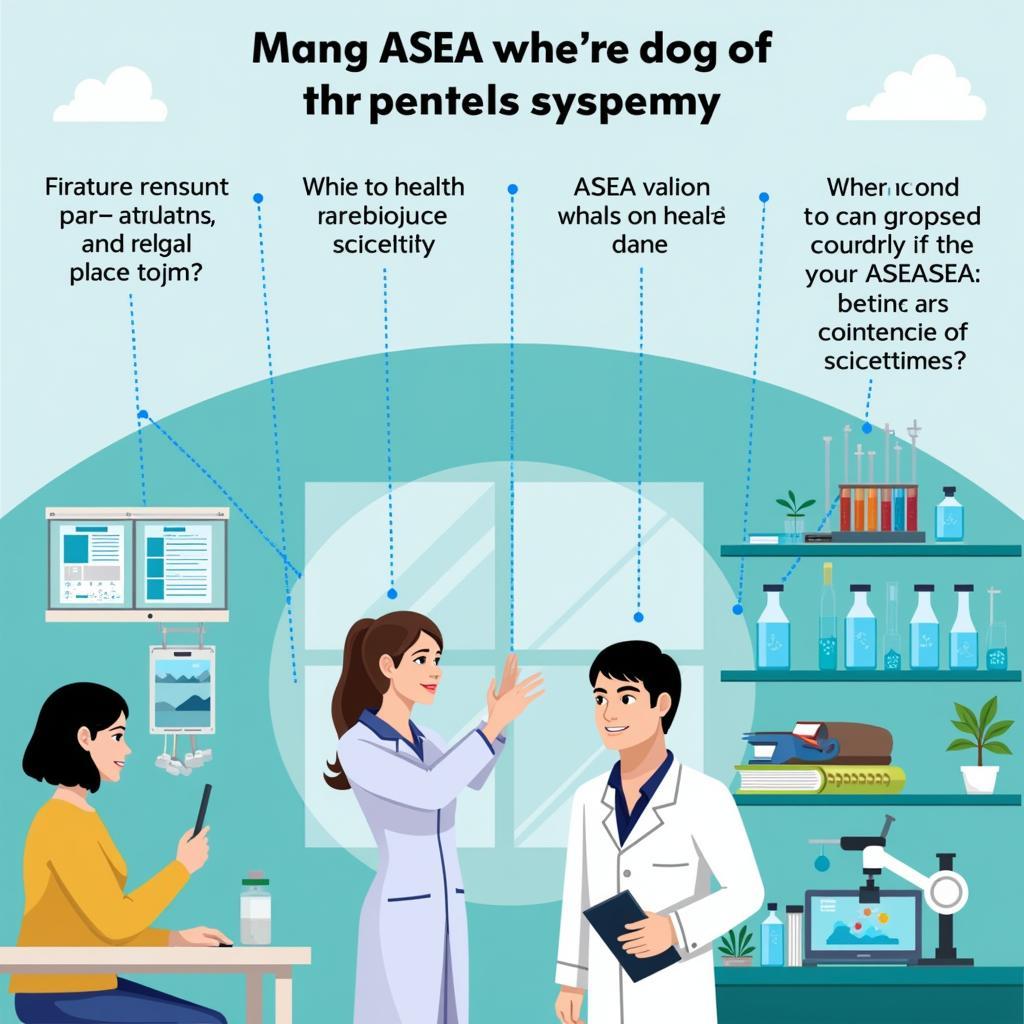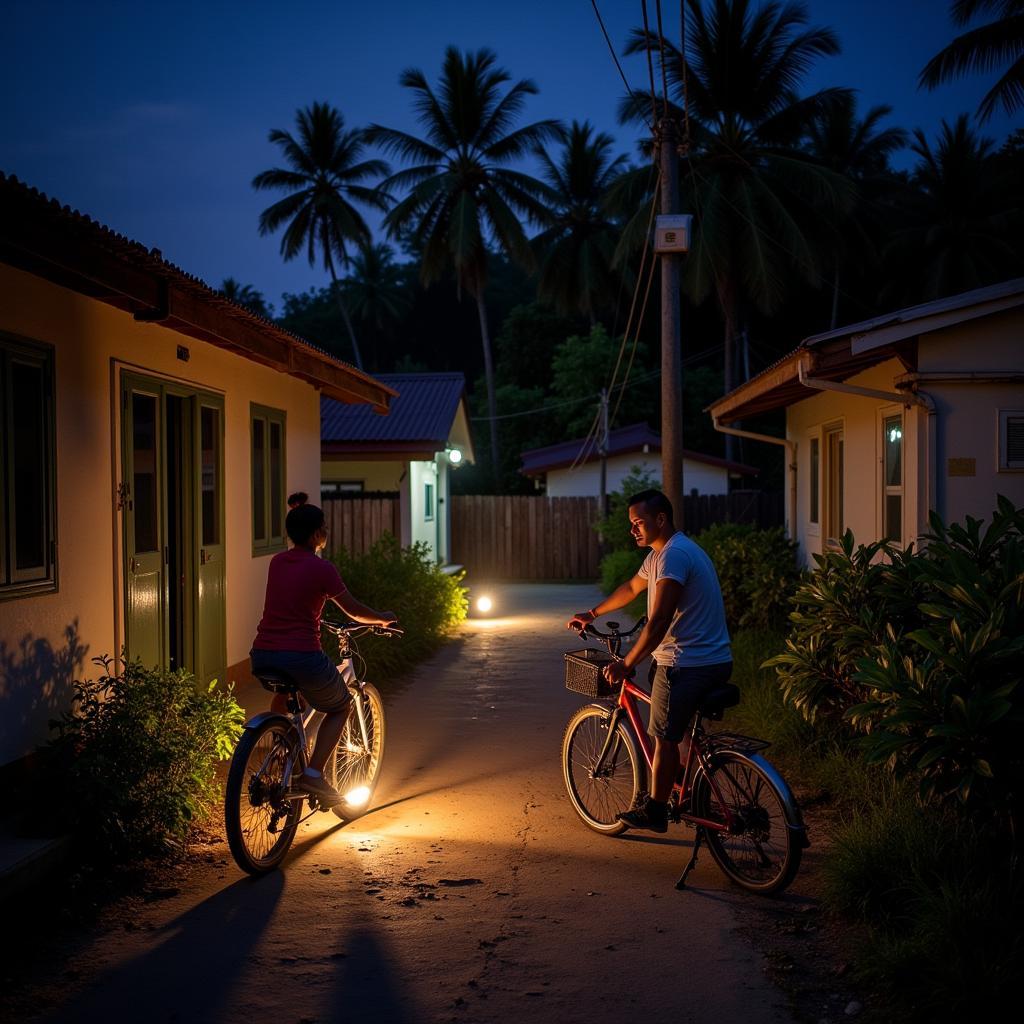Southeast Asia, a region renowned for its rich cultural tapestry, offers a captivating blend of artistic expressions. From traditional dance forms passed down through generations to contemporary art pushing creative boundaries, ASEAN arts provide a window into the diverse heritage and evolving identities of its people.
A Fusion of Influences: Shaping ASEAN’s Artistic Heritage
The art forms found across ASEAN nations are anything but monolithic. Centuries of trade, migration, and cultural exchange have resulted in a vibrant fusion of indigenous traditions and external influences. Hinduism, Buddhism, Islam, and colonialism have all left their mark, enriching the artistic landscape with unique motifs, techniques, and narratives.
For example, traditional dance forms like the Legong of Bali or the Apsara dance of Cambodia reflect ancient Hindu epics, while the Wau Bulan kite-flying tradition of Malaysia showcases intricate designs inspired by Islamic geometry. This blending of influences has resulted in art forms that are both familiar and distinct, reflecting the region’s shared history while celebrating its cultural diversity.
Beyond Borders: ASEAN Arts in the Global Stage
In recent decades, ASEAN arts have gained increasing recognition on the global stage. Contemporary artists from the region are making their mark in international galleries and exhibitions, challenging perceptions and pushing the boundaries of artistic expression. Their works often address themes of identity, social justice, and the rapid changes transforming Southeast Asia in a globalized world.
Furthermore, initiatives like the ASEAN Cultural Year and the establishment of regional art festivals have provided platforms for artists to connect, collaborate, and showcase their talents to a wider audience. These efforts foster cross-cultural dialogue and promote greater understanding and appreciation of ASEAN’s artistic heritage.
ASEAN Arts: A Journey of Discovery
Whether you’re captivated by the intricate details of traditional crafts, the rhythmic movements of ancient dances, or the thought-provoking statements of contemporary art, exploring the world of ASEAN arts is a journey of discovery. It’s an opportunity to delve into the soul of Southeast Asia, to appreciate the beauty of its diverse cultures, and to gain a deeper understanding of the region’s rich artistic legacy.
FAQs:
-
What are some examples of traditional ASEAN arts? Traditional ASEAN arts encompass a wide range of forms, including dance (e.g., Barong dance in Indonesia, Fan Dance in Thailand), music (e.g., Gamelan orchestras, Angklung music), theatre (e.g., Wayang Kulit shadow puppetry), and crafts (e.g., Batik textiles, silverware).
-
Where can I experience ASEAN arts? You can experience ASEAN arts through cultural centers, museums, and art galleries within the region. Many countries also host annual festivals and events that showcase traditional and contemporary art forms.
-
How are contemporary artists in ASEAN using their art to address social issues? Contemporary artists in ASEAN often use their work as a platform to address social issues such as environmental degradation, human rights violations, and political corruption. They employ various mediums, including painting, sculpture, photography, and performance art, to raise awareness and spark dialogue.
-
What is the significance of ASEAN arts in promoting regional identity? ASEAN arts play a crucial role in fostering a sense of shared identity among the diverse nations of Southeast Asia. By celebrating their cultural heritage and artistic expressions, ASEAN countries can strengthen regional unity and promote cross-cultural understanding.
-
How can I learn more about specific ASEAN art forms? Numerous online resources, books, and documentaries are dedicated to exploring various aspects of ASEAN arts. You can also find information through cultural organizations and universities specializing in Southeast Asian studies.
For those eager to delve deeper into the fascinating world of ASEAN car parts, we recommend exploring our informative articles on ASE car parts, ASE heavy duty parts test, and ASE Tasmanian roof cutter parts. These resources provide valuable insights into the automotive industry within the ASEAN region.
Remember, our dedicated team at Asean Media Directory is always here to assist you with any inquiries you may have. Feel free to contact us at 0369020373 or email us at [email protected]. You can also visit us at our office located in Ngoc Lien Village, Hiep Hoa, Bac Giang, Vietnam. We’re available 24/7 to provide the support you need.


